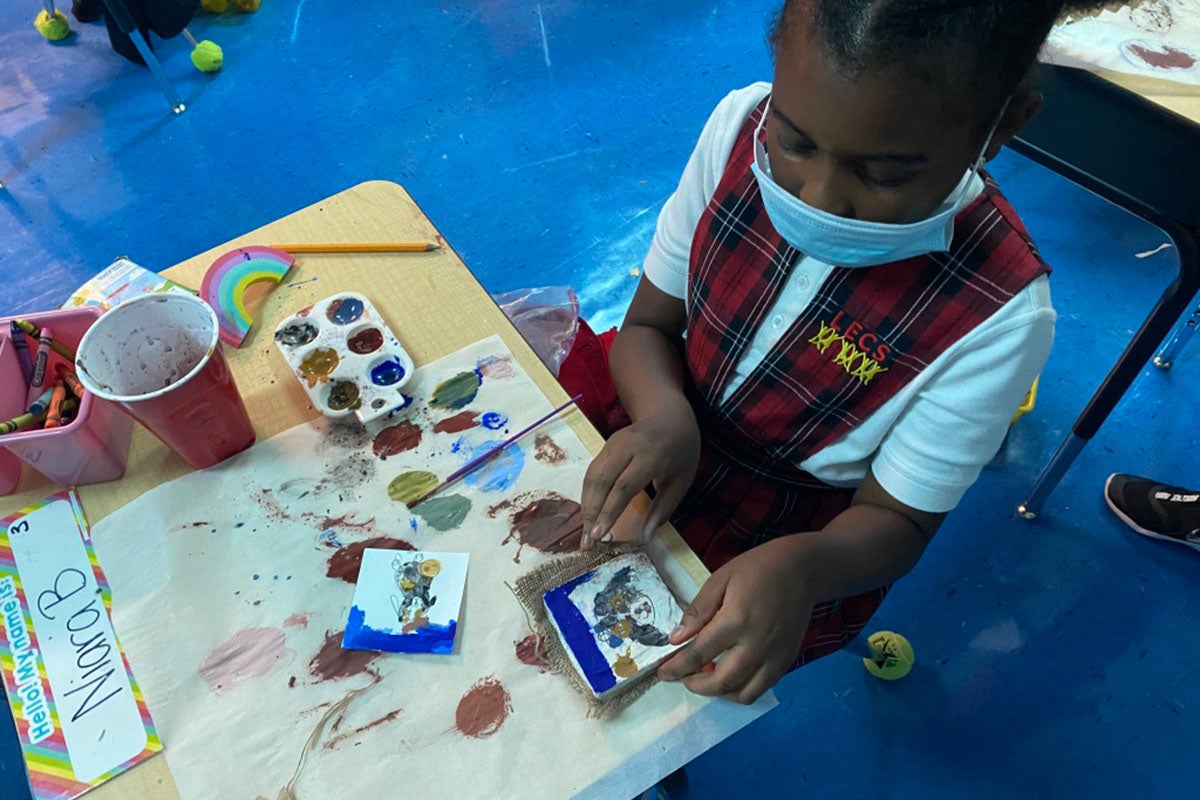Several UCF programs are being presented in partnership with the Orlando Science Center’s exhibit of Pompeii: The Immortal City, which will run through Jan. 24.
The traveling display, the third and final stop in the United States, presents artwork, artifacts, interactive devices and multimedia experiences to show the effects of the AD 79 eruption of Mount Vesuvius, which buried the Roman city of Pompeii.
Life and Death in Pompeii will be a UCF webinar presentation and discussion at noon Friday, Nov. 6, about the era and what was going on at the time of the eruption. Historians of art, archaeology, and classical languages and literatures will present their research. Ilenia Colón Mendoza will moderate the symposium and a Q&A will follow each of three topics:
- “Greek and Roman Myths in the Houses of Pompeii and the Bay of Naples” with Robert Vander Poppen, an associate professor of classical art and archaeology at Rollins College.
- “Public Entertainment in Pompeii” with Edward Dandrow, an assistant professor of history at UCF.
- “Pompeii: Cultural Heritage and Preservation” with Margaret Ann Zaho, an associate professor of art history.
Registration for the online program is required.
The College of Sciences has scheduled Zoom virtual talks and Q&As to help exhibit visitors walk back in time. The one-hour programs begin at noon and are recommended for those 13 and older. Reservations can be made by clicking on the program titles:
Dailies and Delicacies: Getting a Taste of Pompeii – Nov. 19 with Lana Williams, associate lecturer from the Department of Anthropology. Williams, a bioarchaeologist, specializes in research of human health and diet. Her program will discuss the food and drink of the day: fresh breads, herbed olives, raisin wine, posca (cold, watered-down vinegar), peppery fish sauce and other items
Fleeing Pompeii: Bodies Frozen in Time – Dec. 10 with Sandra Wheeler, associate lecturer from the Department of Anthropology. Wheeler, who specializes in bioarchaeology, will talk about the research undertaken on so called “ash mummies,” the city’s inhabitants whose bodies were preserved in the volcanic eruption. Ash from the eruption of Mount Vesuvius covered them and formed formed a shell around their bodies.
Learning From Lasers: Uncovering Pompeii With Chemical Laser Analysis – Jan. 14 with Matthiew Baudlet, associate professor from the Department of Chemistry. Baudlet, who specializes in spectroscopy, will discuss the research of Pompeii using laser spectroscopy.
Some original Pompeii frescos that were buried under ash will be part of the science center’s ongoing exhibit — as well as some frescos made by elementary school students from Lake Eola Charter School. The plaster-and-pigment examples were made as part of the UCF Center for Research and Education in Arts, Technology and Entertainment (CREATE)’s Extended Classroom Experience program.
CREATE introduced the children to the art and science of making frescos, a painting technique common in ancient times. Their tile frescoes depict plants and animals similar to the frescos found in Pompeii.




